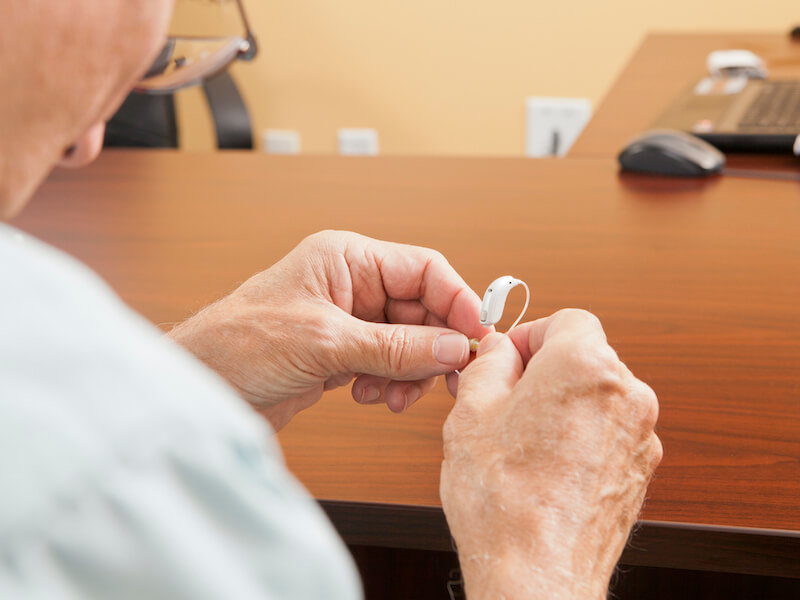
You take good care of your hearing aids. When you go to sleep, you always put them comfortably on the charger and you clean them daily.
But you get pretty discouraged when your hearing aids abruptly stop working the way they did once. Thankfully, there are some steps you can take to troubleshoot the problem. Just don’t forget: your main job is to avoid damaging your hearing aid additionally (or you may have to replace them).
Hearing aid troubleshooting
You saved the owner’s manual that came with your beautiful new hearing aids, right? Hopefully, you did so that you can check with your owner’s manual to do maintenance and troubleshooting. Using your owner’s manual is crucial because every model of hearing aid is different.
On most models there are some other things you can check, here are a few:
- Check your battery: Even if you know your hearing aids spent the night on the charger, you’ll want to double-check the battery power. If your hearing aid has replaceable batteries, it may be a good idea to check if those batteries are correctly inserted or if a new one resolves the problem.
- Look for noticeable damage: Does your hearing aid have any obvious loose components or cracks in its shell? If you discover cracks, it could indicate that moisture is getting in and there might be more significant damage.
- Wax buildup: Make sure there’s no wax on your hearing aid by giving it a visual inspection. Wax can build up quickly even if you clean your hearing aids regularly so make it a point to double check.
- Keep your microphone clear: Check your hearing aid to see if anything is blocking the microphone. A blocked microphone can cause feedback or can cause your hearing aids to sound broken or silent.
Again, consult your owner’s manual on how you might approach each of these concerns. Self-maintenance is sometimes possible.
When does my hearing aid need repair?
Your hearing aid will probably have to be professionally repaired if you do routine upkeep and it still malfunctions. That might not always sound desirable, after all, you depend on your hearing aid for day-to-day communication (along with dinners with your family, keeping up to date with your favorite Netflix series, and so on).
You won’t necessarily be without your hearing aid for extended periods of time just because it needs to be serviced. In some cases, we can do the repair in office and you can take it with you when you leave.
Or, you’ll be able to bring your hearing aids in for professional assistance and have them back in a matter of a few hours (this, of course, depends on the degree of the damage, all the more reason to bring your devices in for repair as soon as you can).
There are still some instances where such quick repair isn’t possible. And in those situations, you may find yourself in need of a backup pair of hearing aids. Maybe you have an old pair that will do temporarily in a pinch. Or it’s possible that we have a loaner pair you can use.
Don’t wait to get assistance with your hearing aids
If the sound quality is beginning to fail, it’s essential to get your hearing aids assessed and repaired.
Any degree of downtime should be prevented. Neglected hearing loss can impact your overall health, including your mental health. And it becomes all too easy to leave your hearing aids sitting in a drawer somewhere while your hearing continues to decline.
The optimum way to keep your hearing healthy is to keep those hearing aids working. And the best way to do that is to keep them clean, keep them charged, and, when necessary, bring your hearing aids to get some professional repair.
